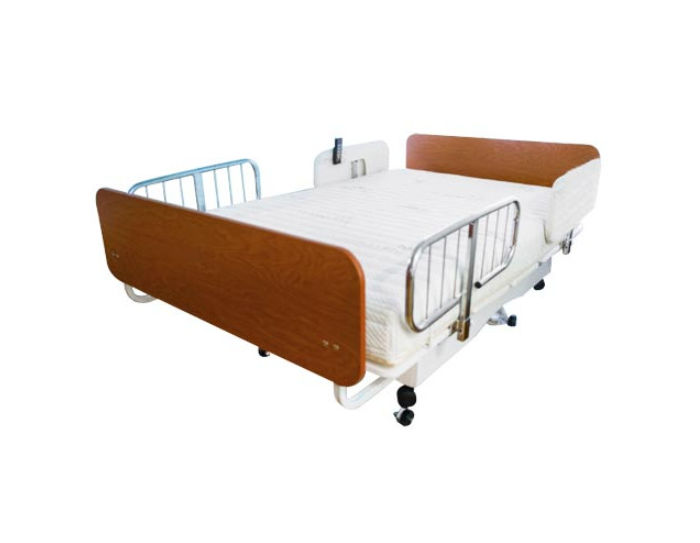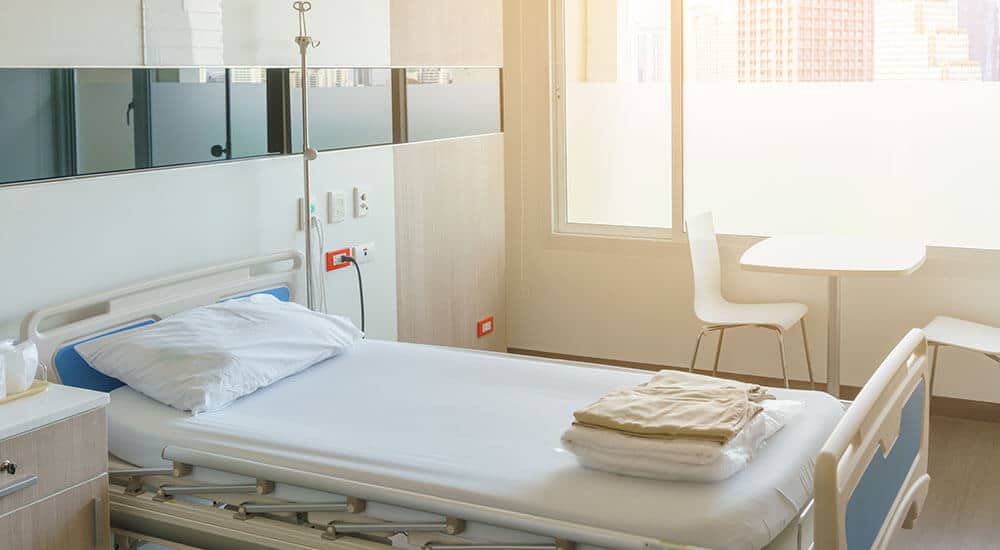8 Simple Techniques For Hospital Beds For Home Use
8 Simple Techniques For Hospital Beds For Home Use
Blog Article
Hospital Beds For Home Use - Questions
Table of ContentsSee This Report on Hospital Beds For Home UseWhat Does Hospital Beds For Home Use Mean?Hospital Beds For Home Use Fundamentals ExplainedWhat Does Hospital Beds For Home Use Mean?The smart Trick of Hospital Beds For Home Use That Nobody is Talking AboutAn Unbiased View of Hospital Beds For Home UseThe Basic Principles Of Hospital Beds For Home Use
There are 3 major kinds of healthcare facility beds: guidebook, semi-electric, and fully-electric. These beds utilize hand cranks to adjust the bed's height and raise and decrease the head and the foot.
Semi-electric beds have an electric motor to elevate and decrease the head and foot portions of the bed. Individuals and caregivers adjust the placing by pushing switches making use of a hand necklace. The elevation of the bed is readjusted manually with a hand crank. Full-electric beds have an electrical motor that can raise the head and foot sections of the bed as well as the entire elevation and positioning of the bed.
The Of Hospital Beds For Home Use
Some models can additionally relocate into more positions, such as the Trendelenburg (tilt) position. There are several kinds of health center beds, each designed to fulfill details person requirements. Here are some common kinds: This is the most typical sort of hospital bed, created for basic clinical use. It has a manual or electrically adjustable headrest, foot rest, and elevation.
Lower to the ground than a common bed. This type of bed is developed for bigger clients, with a larger structure and higher weight capacity than a common bed.
This kind of bed is made for critically ill people who call for open monitoring and specialized clinical equipment such as ventilators and infusion pumps. This kind of bed is created for usage during labor and shipment, with flexible positions and functions to sustain the mother and baby during the birth procedure.
Excitement About Hospital Beds For Home Use
Several function and the accessories perform increasing traction to different parts of the vertebra and the extremities without moving the body. These are simply a few instances of the kinds of health center beds offered. The specific kind of bed used will depend upon the individual's problem, medical demands, and other elements.
Below is things you need to understand. A one-function health center bed is a medical bed that permits a client to relocate just the head or foot section up or down. A 2 function healthcare facility bed normally refers to a kind of medical bed that has 2 flexible features to help individuals in hospitals or care centers.

7 Easy Facts About Hospital Beds For Home Use Shown
A 7-function ICU bed is a kind of clinical bed that offers numerous adjustable functions to sustain seriously ill patients in an intensive care unit (ICU) (hospital beds for home use). The 7 functions usually consist of: Back-rest modification: The back-rest can be adapted to numerous angles to Continue help the person stay up or relax easily
Height change: The bed can be elevated or reduced to make it much easier for individuals to obtain in and out of bed, and for caregivers to offer care. Trendelenburg position: The whole bed can be slanted to promote blood flow and circulation in the body. Reverse Trendelenburg placement: The bed can also be tilted in the contrary instructions to advertise blood circulation and blood circulation in the top body.
While more budget friendly than electrical models, these beds require exertion for modifications. The major advantages of hands-on beds are their cost and reliability, as they do not depend on electrical energy. The demand for hand-operated effort can be a restriction in circumstances where fast modifications are essential or where caregivers face physical obstacles.
Hospital Beds For Home Use Fundamentals Explained
Semi-electric medical facility beds offer an equilibrium of guidebook and electric controls. These beds give an excellent center ground in webpage between handbook and fully electric options, supplying convenience of usage without the complete price of electrical versions.
Semi-electric beds are appropriate for patients that need moderate changes to the head and foot areas yet can take care of without constant height changes. This makes them a cost-effective solution for those seeking comfort and comfort without the need for constant repositioning. Fully electric hospital beds include electric controls for seamless changes to the elevation, head, and foot sections.
Specialty healthcare facility beds, such as ICU beds, long-term treatment beds, and bariatric beds, are meticulously designed to deal with particular clinical demands. These beds use tailored treatment for diverse person teams, enhancing both outcomes and convenience. In the following areas, we will certainly check out the primary kinds of specialty healthcare facility beds, outlining their particular advantages and applications.
With years of experience in manufacturing electrical straight actuators - hospital beds for home use and close partnership with the health care industry, TiMOTION is well-positioned to give reliable health care services. Our up and down incorporated company takes care of every action of the production procedure, from design to actuator assembly, guaranteeing we provide outstanding value and customized solutions customized to your certain requirements
A Biased View of Hospital Beds For Home Use

To find out more about integrating these modern technologies right into your products, contact us today. Further reading:.
Data is sourced from the Medicare Expense Record.

What Does Hospital Beds For Home Use Mean?
A hospital bed is a bed look at here designed especially for medical purposes. It is not only a place for people to rest, but also a platform for clinical operations. Unlike common home beds, health center beds generally have adjustable functions, which can promote clinical team to make different modifications according to the demands of individuals, such as transforming the height, inclination, and assistance angle of the back and legs of the bed.
Report this page